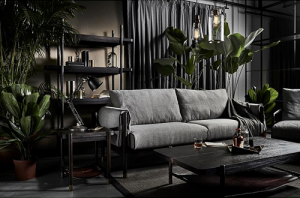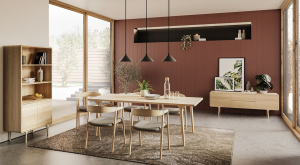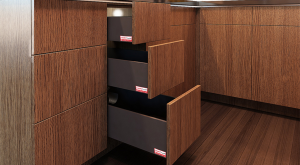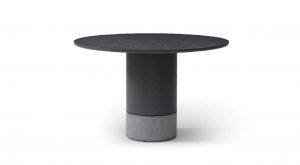Featured Post
How to Pick the Best Wood for Your Home
Overview
Choosing the right wood for your home can transform your space and boost its value. This guide helps you pick the best wood, design with wooden furniture, and care for it to last a lifetime—all in simple, practical steps.
Introduction
Wood brings warmth and charm to any home. It’s been a go-to material for furniture and decor for ages because it’s strong and looks great. But picking the right wood isn’t just about looks—it’s about what works for your life. Whether you’re furnishing a new place or refreshing your current one, knowing how to pick the best wood for your home sets the foundation. I’ve spent years choosing wood for my own spaces, and I’ll share what I’ve learned to help you make smart choices. We’ll cover wood types, design ideas, and care tips to keep your pieces shining.
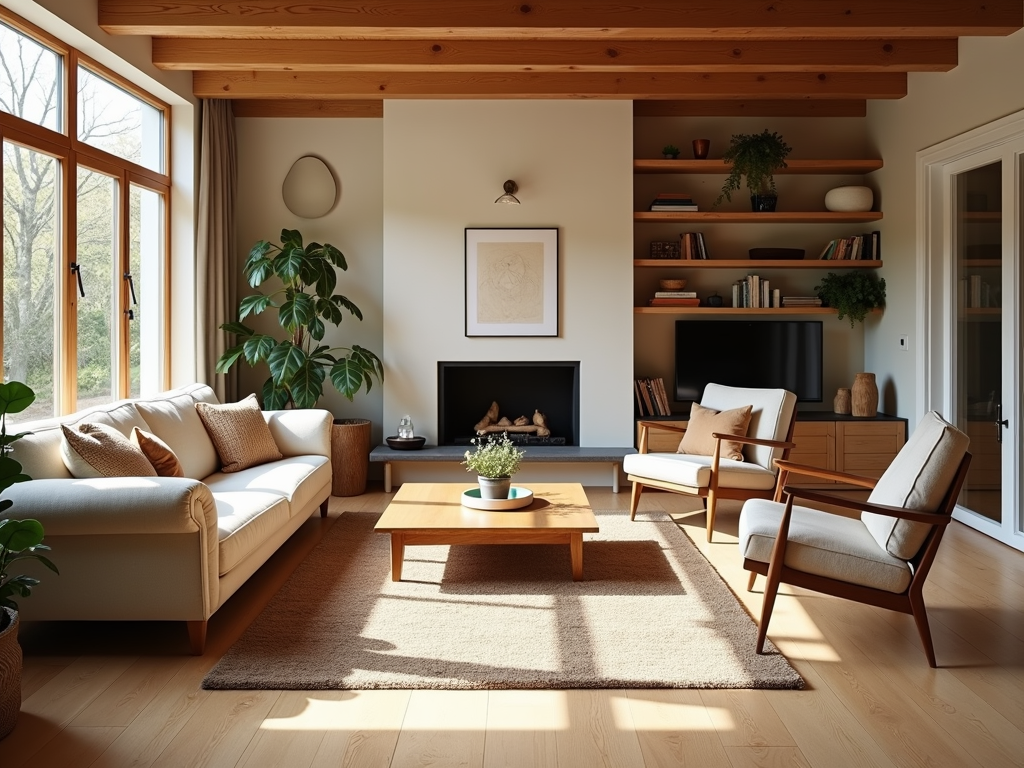
What Makes Wood Special?
Every piece of wood tells a story through its grain and color. I remember picking out my first dining table—oak caught my eye for its rugged strength. Here’s a rundown of popular woods you might consider:
- Oak: Tough and long-lasting, with bold grain. Great for busy homes.
- Maple: Smooth and even, perfect for sleek, modern looks.
- Cherry: Warm and rich, it gets prettier with age.
- Pine: Light and soft, ideal for that cozy, rustic feel.
- Walnut: Dark and elegant, a standout for stylish pieces.
Each type has its own personality. Think about what vibe you want in your space.
Key Factors in Choosing Wood
Picking wood isn’t just about what’s pretty—it’s about what fits your life. Here’s what I’ve learned to focus on:
- Durability: Hardwoods like oak or walnut hold up in high-traffic spots. Softer pine? Better for lighter use.
- Looks: Match the wood’s color and grain to your style. I love cherry’s warm tones in my bedroom.
- Cost: Prices vary—pine’s budget-friendly, while walnut can splurge. Set a limit and shop smart.
- Eco-Friendliness: I always check for sustainable options. The Forest Stewardship Council certifies wood that’s responsibly sourced—worth a look.
- Upkeep: Some woods need more TLC. Maple’s easy, but cherry might need extra care.
Weigh these to find your perfect match.

Designing Your Home with Wooden Furniture
Wooden furniture can make any room feel alive. I’ve mixed woods in my home—like a pine bed with a walnut dresser—and it works if you keep it balanced. Here’s how to nail it:
- Blend Styles: Pair light and dark woods for depth. My oak shelves pop against a walnut table.
- Mix Materials: Wood plays well with metal or glass. A glass-top table with wooden legs? Stunning.
- Highlight Pieces: A big wooden bed or table can anchor a room. My cherry bed steals the show.
- Add Soft Touches: Cushions or rugs soften wood’s hardness. It’s all about harmony.
Play around and see what feels right for you.
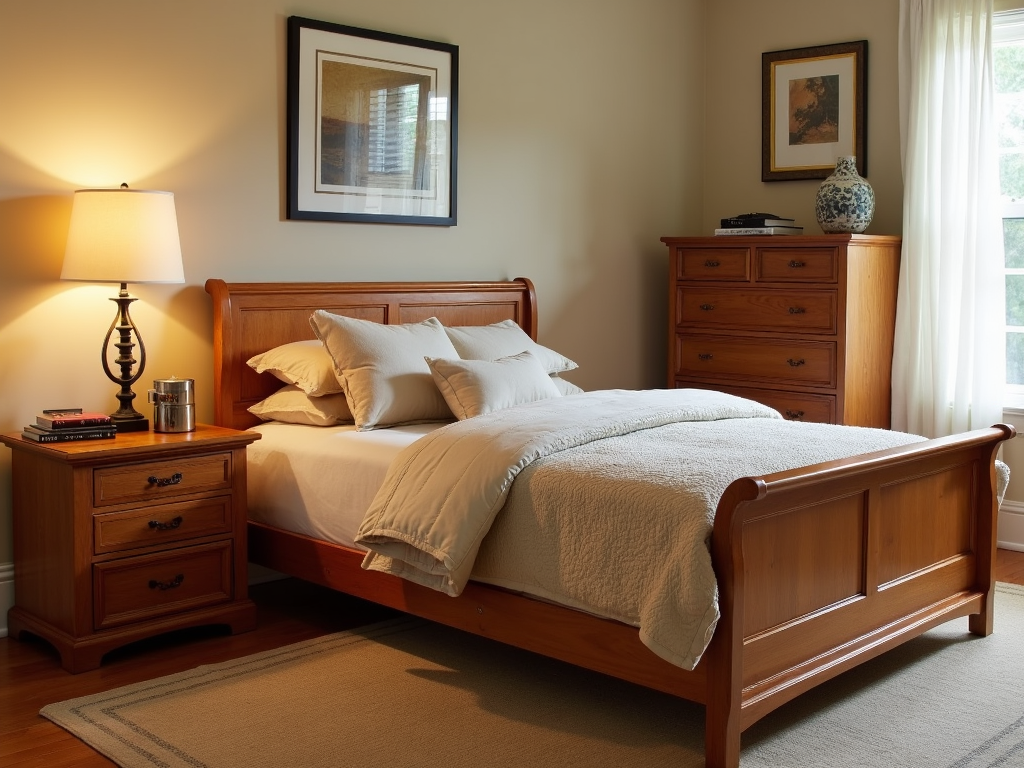
Care Tips for Wooden Furniture: Protecting Your Investment
Wood lasts if you treat it right. I learned this the hard way when my pine table got water rings! Here’s what keeps my furniture strong:
- Dust Often: Use a soft cloth weekly. It’s simple but effective.
- Wipe Smart: For spills, a damp cloth with mild soap works. Dry it fast.
- Shield from Sun: Sunlight fades wood—I use blinds to block it.
- Mind Humidity: Wood hates big moisture swings. A humidifier helps, says Purdue University’s Wood Research.
- Protect Surfaces: Coasters save tabletops. Trust me, they’re lifesavers.
These steps keep your wood looking fresh.
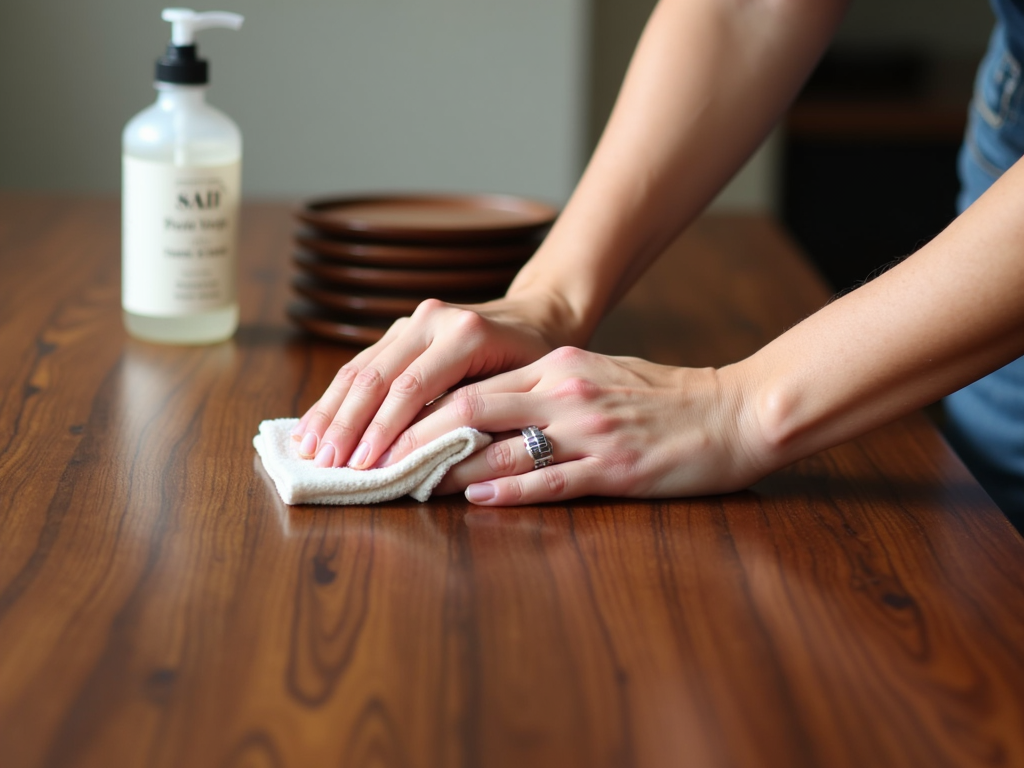
Furniture Care for Different Materials
Wood often pairs with other materials, so here’s how I handle them:
| Material | Care Tip |
|---|---|
| Metal | Wipe with soapy water, no scrubbing. |
| Glass | Use glass cleaner, soft cloth. |
| Fabric | Vacuum weekly, spot clean stains. |
Mixing materials? Adjust your care routine. My glass-and-wood coffee table needs both approaches.
Real-Life Lessons
I once chose pine for a busy living room—big mistake. It scratched too easily. Now, I stick to oak there and save pine for quieter spots. Research backs this: University of Wisconsin’s Forest Products Lab says hardwoods outlast softwoods in tough conditions. Test your picks in your space—experience teaches best.

Conclusion
Finding the best wood for your home takes thought, but it’s worth it. Match durability and style to your needs, design with care, and maintain it well. From my oak table to my cherry bed, these choices shape my home. Use these tips, and your wood will shine for years.


